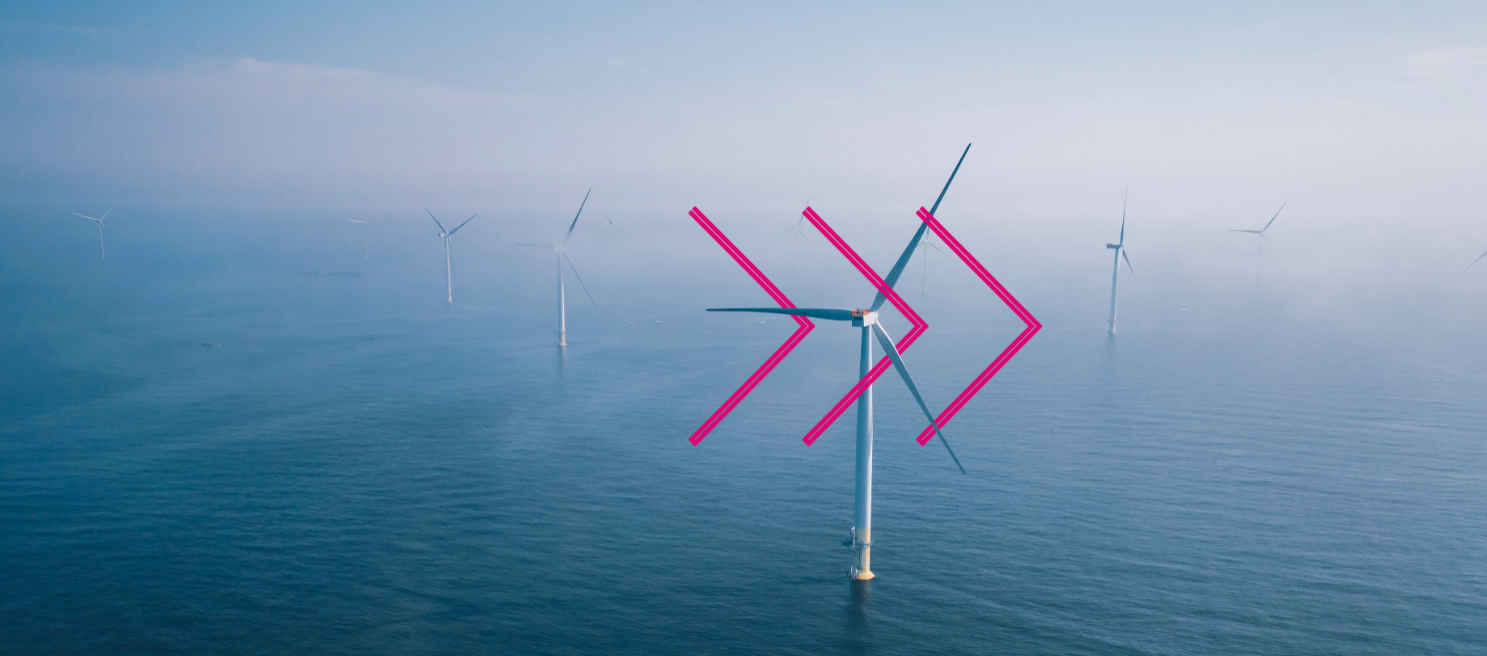Singapore
The Asian LSFO market is expected to be under pressure over Nov. 25-29 due to ample stockpiles and lacklustre demand in the downstream spot market. This could weigh on prices, with suppliers eager to draw down inventories.
The Asian HSFO market is anticipating sufficient cargo availability in the near term as weaker import activity by China's independent refineries may potentially drive down upstream valuations. The market is expecting surplus volumes in the Middle East and Venezuela to find homes in Singapore through the first half of December, in addition to the steady stream of Russian HSFO flows.
The Asian LSMGO market is likely to move sideways over the week as fundamentals hold steady, with expectations of heavier supply in December due to swing barrels from India and the Middle East, while China's export tax rebate reduction will likely have little impact.
ARA
HSFO - the first of several IFo cargoes arrived on the 20th Nov, and premiums and avails easing as a result. LSMGO - avails improved over the past month. The end of October situation was terrible locally for product avails and loading delays, now the market is very well supplied and discounts are some 20-25 USD lower.
Fujairah
Stocks of heavy residues saw a build of 450,000 barrels, or a rise of 5.2% on the week to 9.147 million barrels.
Fujairah is continuing to see strong demand for HSFO as term premiums for the fuel were easing following the conclusion of the Middle East's summer power season and easing geopolitical tensions. The lead time for inq is 7-10 days with avails tight before this.
VLSFO remains balanced with some prompt barge availability.
Houston
Some barge congestion starting to build around HSFO and VLSFO due to an uptick in demand and some delays at loading terminals. EDDS is pushing into the first week of December.
Fog season - US Gulf is entering Fog season which will run thought the winter and early spring. Can expect intermittent channel closures and operational delays over the next several months due to periods of dense fog affecting vessel and barge movements.
New York
Demand from liner segment remains heavy for HSFO RMK. .5 and MGO demand is a bit muted on the spot. .
For port availability and demand, download the full report here.







